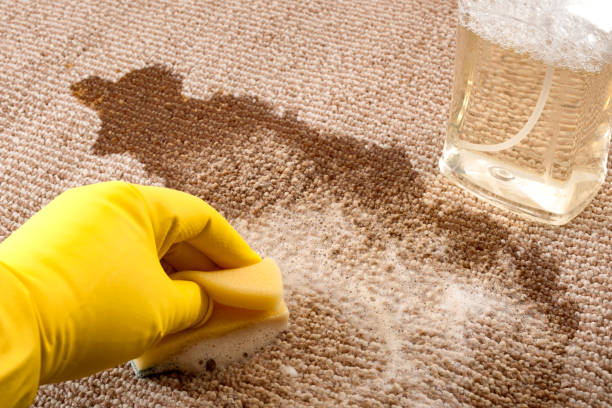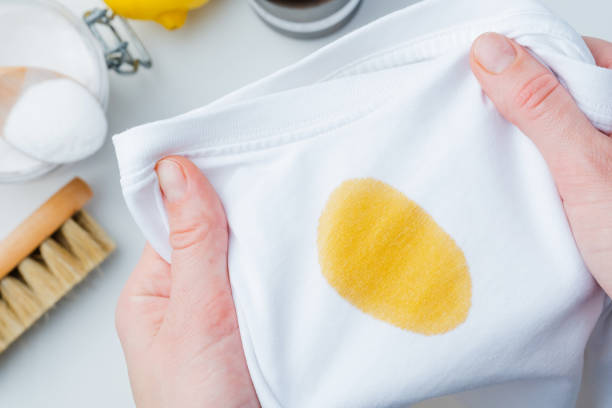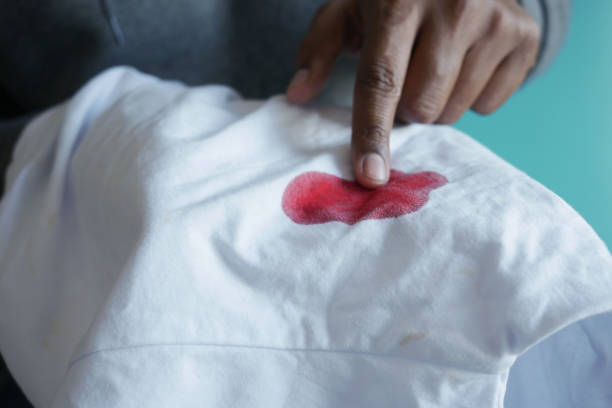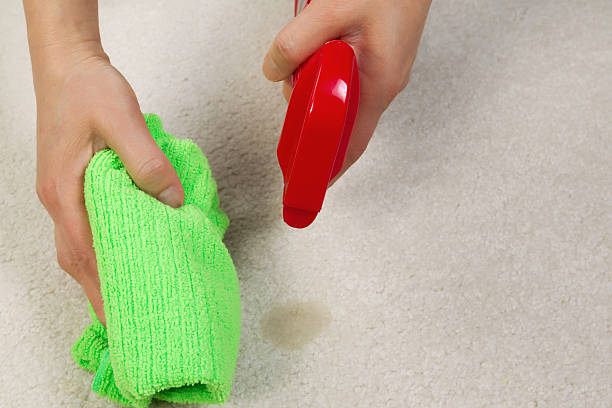Removing Household Stain
Stains are an inevitable part of life, but they don’t have to be permanent. With the right knowledge and cleaning methods, you can remove almost any stain from fabric, carpet, walls, and furniture. Whether it’s a coffee spill on your favorite shirt or an ink stain on the couch, there are effective ways to restore your belongings. Here are eight expert tips for removing different household stains and keeping your home looking spotless.
1. Coffee and Tea Stain
Coffee and tea stains can be stubborn, especially on fabric and carpets. Acting quickly is the key to successful removal.
Fabric:
- Blot the stain immediately with cold water to prevent it from setting.
- Apply a mixture of liquid detergent and white vinegar.
- Let it sit for 5–10 minutes before rinsing with warm water.
- Wash as usual with a strong detergent.
- For old stains, soak the fabric in a mixture of oxygen-based bleach and warm water for a few hours before washing.
- If the stain persists, apply a paste of baking soda and water before rewashing.
Carpet:
- Blot with a paper towel to absorb excess liquid.
- Mix one tablespoon of liquid dish soap with two cups of warm water.
- Dab the stain using a cloth until it lifts.

- Rinse with cold water and blot dry.
- Use a carpet cleaner for deeply embedded stains.
- Steam cleaning can also help remove tough coffee stains from carpets.
2. Red Wine Stain
Red wine stains can quickly ruin fabrics and upholstery, but prompt treatment can help eliminate them.
Fabric:
- Blot the stain immediately—avoid rubbing as it spreads the stain.
- Sprinkle salt over the stain to absorb excess moisture.
- Pour club soda or white wine over it and let it bubble.
- Wash with cold water and detergent.
- Use hydrogen peroxide for white fabrics to remove persistent stains.
- Consider using a commercial stain remover for set-in wine stains.
Carpet:
- Blot with a clean cloth to remove excess wine.
- Mix equal parts hydrogen peroxide and dish soap.
- Apply and let sit for 10 minutes before blotting dry with a paper towel.
- Use a steam cleaner for deep stains.
- A mixture of baking soda and water can also help lift red wine stains from carpets.
3. Grease and Oil Stain
Grease stains can be tricky, but the right cleaning solution will break them down effectively.
Fabric:
- Sprinkle baking soda or cornstarch over the stain and let it sit for 15 minutes to absorb excess grease.
- Scrub gently with dish soap before rinsing.

- Wash in hot water if the fabric allows.
- Use a degreaser for stubborn stains.
- Applying chalk to the stain before washing can also help absorb oil.
Hard Surfaces:
- Use a mixture of baking soda and water.
- Scrub gently and wipe clean with a damp cloth.
- Apply a vinegar and dish soap solution for deep-set grease stains.
- For kitchen grease, a solution of lemon juice and salt works well on countertops.
4. Ink Stain
Ink stains can be frustrating, but they are removable with the right approach.
Fabric:
- Dab with rubbing alcohol using a cotton ball.
- Let it sit for 10 minutes before rinsing.
- Wash with detergent and warm water.
- Use hairspray for quick stain breakdown.
- Nail polish remover (acetone-free) can help with stubborn ink stains.
Walls and Furniture:
- Use a magic eraser or rubbing alcohol to remove ink stains.
- For stubborn marks, mix baking soda and water into a paste and scrub lightly.
- Apply a small amount of toothpaste and scrub gently for glossy surfaces.
- White vinegar mixed with dish soap can also work to remove ink from walls.
5. Blood Stain
Blood stains should be treated quickly with cold water to prevent setting.
Fabric:
- Rinse with cold water immediately.
- Apply hydrogen peroxide and let it bubble.
- Blot and wash with detergent.

- For dried stains, soak the fabric in a saltwater solution before treating it.
- A paste of meat tenderizer and water can help break down stubborn blood stains.
Mattresses and Upholstery:
- Blot with cold water.
- Apply a paste of baking soda and water, let dry, then vacuum.
- Use a mixture of ammonia and cold water for stubborn stains.
- Try enzyme-based cleaners for protein-based stains like blood.
6. Chocolate Stain
Chocolate can leave behind an oily residue, making it difficult to remove.
Fabric:
- Scrape off excess chocolate using a spoon or dull knife.
- Rinse with cold water from the back of the fabric.
- Treat with liquid detergent before washing.
- Use an enzyme-based stain remover for stubborn stains.
- Rubbing alcohol can also help break down chocolate stains before washing.
Carpet and Upholstery:
- Use a mixture of dish soap and warm water.
- Blot and rinse until the stain disappears.
- Sprinkle cornstarch over oily residue and vacuum after 30 minutes.
- A vinegar and water solution can also work for dried chocolate stains.
7. Pet Stain
Pet stains can cause odors and bacteria buildup, so prompt cleaning is essential.
Carpet and Upholstery:
- Blot up as much liquid as possible using paper towels.
- Apply a solution of white vinegar and water.

- Sprinkle baking soda over the area and let it dry before vacuuming.
- Use an enzyme-based cleaner to break down organic compounds and remove odor.
- For urine stains, a mixture of hydrogen peroxide and dish soap can help neutralize odor.
8. Ink and Marker Stain on Walls
Ink and permanent marker stains can be tricky to remove from painted walls without damaging the surface.
- Use a magic eraser or rubbing alcohol to gently lift the ink.
- If needed, mix baking soda and water into a paste and scrub lightly.
- Try acetone-free nail polish remover for stubborn marker stains.
- Repaint lightly over-stained areas if the marks are persistent.
- A mixture of lemon juice and baking soda can help remove marker stains without damaging paint.
Conclusion
Stains don’t have to be permanent! With the right cleaning techniques and materials, you can effectively remove even the toughest stains from fabrics, carpets, and household surfaces. Taking immediate action and using appropriate cleaning solutions will save your belongings from damage and keep your home fresh. Keeping these expert tips handy will ensure that your home remains clean and stain-free. Regular cleaning and maintenance will also help in preventing stains from becoming a major problem in the first place.
By understanding different stain types and using household items like baking soda, vinegar, hydrogen peroxide, and dish soap, you can easily tackle everyday spills. Additionally, investing in high-quality stain removers and deep-cleaning tools will make stain removal more efficient. Whether dealing with a minor spill or a deep-set stain, these expert tips will help keep your home looking pristine.
